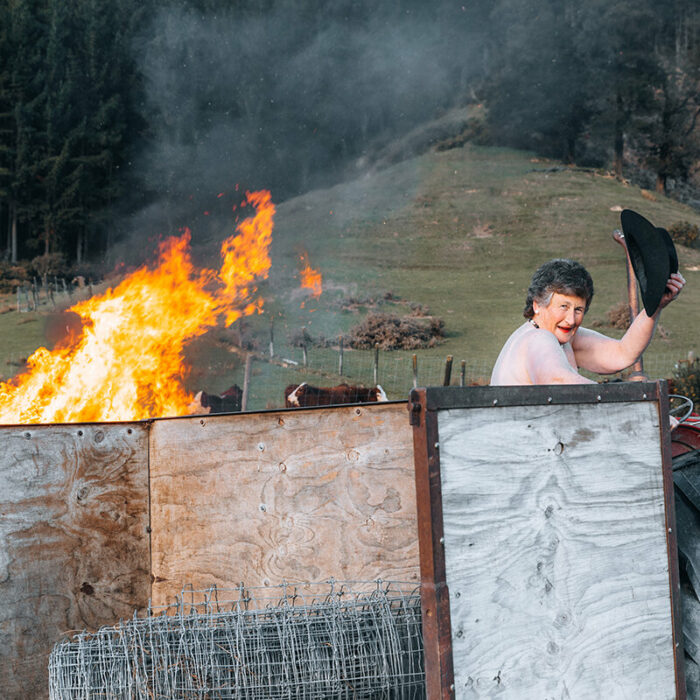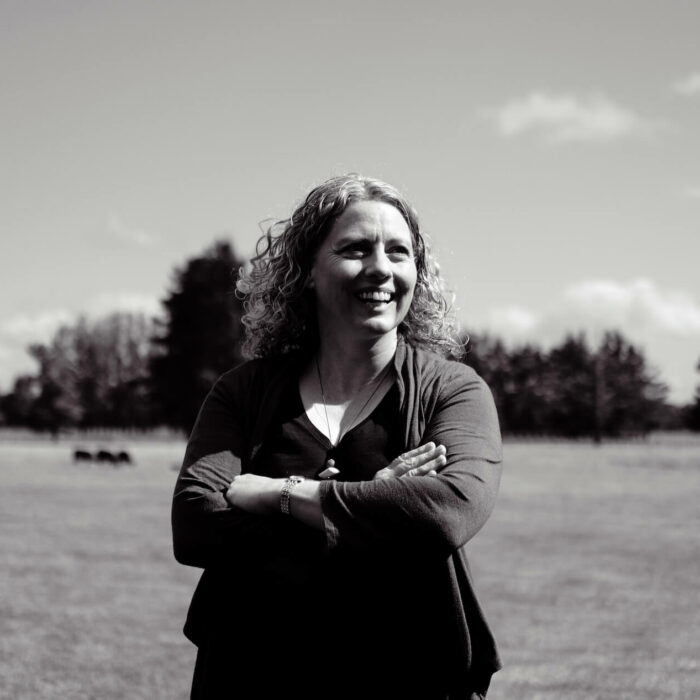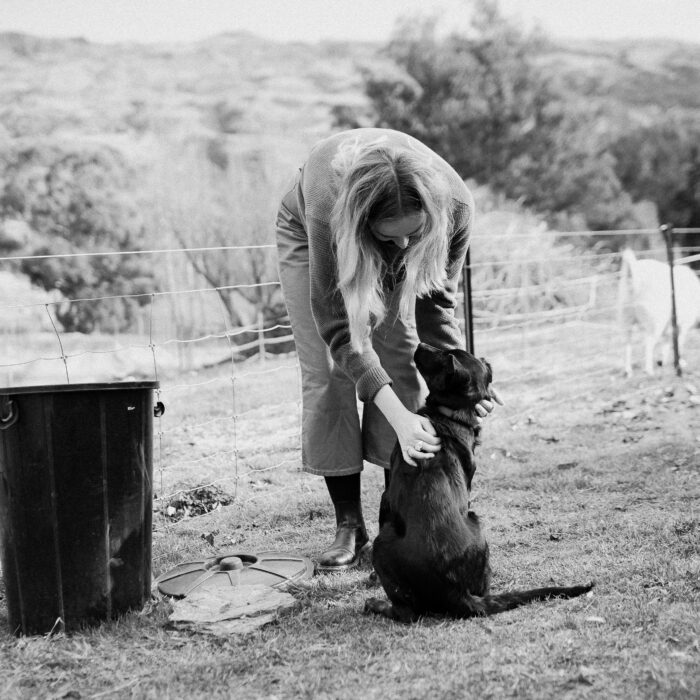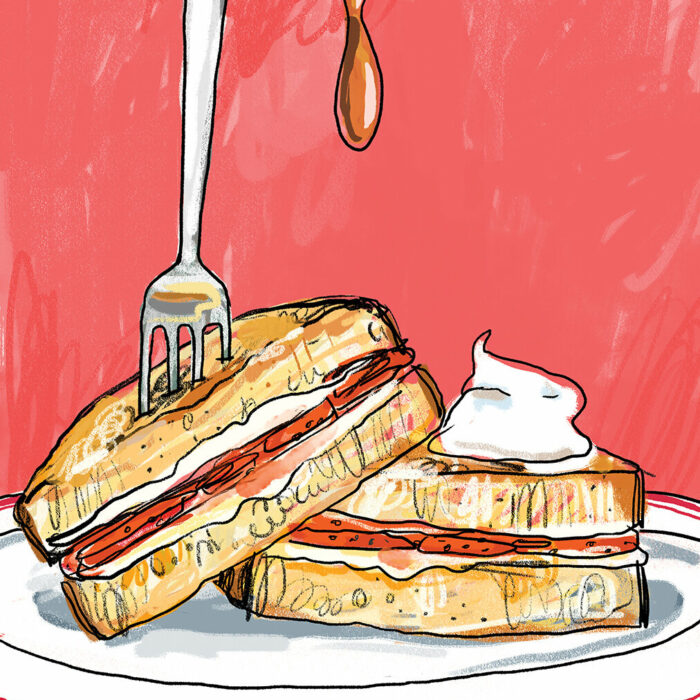18 August 2022
Born in diaspora: honouring both Kiwi culture and Tibetan, a long way from home
writer: SIONAINN MENTOR-KING
photographer: MICHELLE MARSHALL
Thinley Choezom is raising her two daughters in Whangārei, New Zealand, far from her family in Tibet and without a thriving Tibetan community around her. In the face of the extinction of the Tibetan culture and national identity, Thinley has taken on the challenge of bringing up her kids in a manner that honours both Tibetan and Kiwi culture.

It’s a sunny winter afternoon in Kamo, Whangārei, and Thinley’s daughters are in their rooms at opposite ends of their Fisher Terrace house, pretending they don’t know each other. Rigyang, 12, is reading Harry Potter and the Cursed Child and Rigsang, 10, is crafting with modelling clay. Their mother, meanwhile, sits in the lounge under the gaze of a portrait of His Holiness the Dalai Lama and reminisces about her own childhood in Tibet.
Thinley, 47, was born in the Ü-Tsang province of the Tibetan Autonomous Region on the Tibetan Plateau in the Himalayas – the highest region on earth. Her childhood was spent between the school in town where she lived with her father, the school principal, and the village where her mother and the rest of her many siblings lived as semi-nomadic farmers – growing crops and breeding yaks, horses, sheep and goats.
Her own daughters were born in Whangārei, New Zealand. As little kids they lived in the idyllic rural setting of Waikaraka on the Whangārei Harbour, and now, as adolescents, they enjoy the convenience of semi-rural life in the suburb of Kamo. They can walk to school with their friends and roller-skate on the street. When their father, Gonpo, 48 (also born and raised in Tibet), comes home on the weekends from his job down south, the three of them go for bike rides into town or catch a movie together. This morning they saw Thor: Love and Thunder, and the girls were impressed at how many Kiwis were in it.
At the age of twenty-one, circumstances in Tibet drove Thinley to leave her homeland. With a small group of fellow escapees and hired guides, she made the illegal and perilous journey on foot through the mountains to India, where she joined the hundreds of thousands of other Tibetans living in exile. There she studied to become a Tibetan teacher and took English classes, which is how she met Megan, a young woman from Whangārei, who became her fast friend and eventually facilitated her move to New Zealand in 2004. In 2008, Gonpo, whom Thinley had met through a friend, came out from India, and in 2009 their first daughter was born - one of the few full Tibetan children to be born in New Zealand.
It's been a difficult road for Thinley, being the only Tibetan female role-model for her girls. "Kiwis have a lot of diversity," she notes, thinking about the kids her girls go to school with. "They have friends whose parents are Malaysian, Thai, Kiwi. But none of them are Tibetan." New Zealand has a very small Tibetan population, and of those, only a small handful live in Northland. Megan's three children, whose father is also Tibetan, are the only other kids with Tibetan heritage in Whangārei. While the families are close, it's not quite the same as having their own relatives around.
In 2015, after an extremely long wait on visas, Thinley and her family were finally able to visit Tibet - the first time since her escape - and see her elderly mother before she passed. The girls (then aged four and six) were able to meet their cousins and form a bond that will hopefully last throughout their lifetimes. However, it's unlikely they will meet again in Tibet. "The situation's definitely not good at the moment," Thinley says. "Unless there's a big change [the girls won't be able to return to Tibet]. It's not very safe."


This is one of the most difficult things in Thinley's life. Despite the pressures of being a working mum with a full-time job in early childhood education - a degree she studied for in her second language - the thing that keeps her awake at night is the fact that her family is part of a diaspora that, while instigated to preserve Tibetan culture, language, and lives, in her case may be working to dilute it.
"That is the hardest part of my experience," Thinley says. "There's a pain and sadness in my heart that I always feel. Most other nationalities can come back to their grandparents; their relatives can come to visit. There's culture, and their language is still alive. For my daughters, there's no way that I can bring any of my relatives here, and I can't go there. We're disconnected, and it makes me so sad."




But Thinley and Gonpo are doing what they can to ensure their girls are well-rounded Kiwi-Tibetans. Before she started kindergarten, Rigyang was fluent in Tibetan but spoke not a word of English. "Before her first day, I taught her the words for water and toilet, and that was all the English she knew, but she picked it up very fast."
Things were a little different for Rigsang, as her big sister was already speaking English, but she too was fluent in Tibetan before kindergarten. Now, they are both very proficient in English - with Rigyang getting one of the top scores in her school for English this year - and prefer to speak English, even at home. "It does make me sad," Thinley admits. "I wish they would reply to me in Tibetan."
Before he had to move to the central North Island for work on a years-long construction project, Gonpo used to tutor the girls in written Tibetan. But now they're at an age where they aren't as interested. "We just keep talking Tibetan in the house and asking them to talk back, and that's what we can do at the moment." Thinley is confident that in a Tibetan community, the girls' Tibetan would blossom.
But there's a lot more to being Tibetan than just speaking the language. Religion, too, is an important component. "Buddhism has a real influence on our culture," Thinley says. "There are so many small things that we've impressed on them, like you don't point at holy objects or step over scriptures. We don't kill insects or animals. If they accidentally kill an insect they're immediately like, 'Ahhh! I just killed something! Om mani padme hung! [Buddhist invocation of the mind of compassion.]'"
"I make Tibetan food, and we do specific prayers. I also talk to them lots about how I was raised. They say, 'Yeah, but that was in the olden days.'" With the other Tibetans in the community, the family celebrate Losar - the Tibetan New Year - and the nearby Tibetan Buddhist centre, Jam Tse Dhargyey Ling, is a place where they can go to connect with their spirituality and heritage. But, all the same, Thinley is perturbed by the fact her girls don't share her enthusiasm for Losar, especially as they get so excited about Christmas.
The family celebrates Christmas with Megan's family every year. "I don't want my girls to miss out on the fun of Christmas," Thinley says, "but Tibetan New Year was the most exciting thing in my life when I was a child. I wish they could have that experience. There was two months of excitement before it even started, then fifteen days of dancing, praying, fires and food. Relatives visit each other and children get given money, and you get to wear new clothes. We don't do that here." New clothes aren't an exciting proposition for Thinley's daughters, who get new clothes whenever they need them, and there are no relatives to give them money. "The problem is they are excited about Christmas because they get a present. So last year I told them, 'At Losar I'm going to give you a present and some money.' And they were so happy."
The prospect of her daughters not having traditional Tibetan values is a fear Thinley lives with. "Respecting the parents and other adults is so important in Tibetan society. If you're sitting down and an adult enters the room, the children have to stand up until the elders sit down, but they don't teach things like that here." She sighs at the enormity of trying to instil in her girls the traditions of a culture none of them have any direct contact with.
While she recognises that what seems to her a shocking lack of respect is in fact just another culture in a different phase of its evolution, Thinley's deep concern is that her daughters, educated in New Zealand schools, won't develop the honour of elders that was such an important part of her own upbringing; that her own efforts to make sure they maintain these Tibetan traits may be in vain. "I do worry that they don't have the respect that Tibetans expect of their children," she says.
But she is quick to add that the positive aspects of life in New Zealand outweigh her misgivings. "I'm happy that my children can grow up in this beautiful country. Tibetan girls are taught to be quite shy, and here they can be themselves and have more opportunities. They're doing so well, and they're healthy, and that's the best thing a mother could ask for her children."



This story is part of THREAD, a year-long project by Shepherdess made possible thanks to the Public Interest Journalism Fund through NZ On Air.
If you enjoyed this story, please share with someone else.
Get your hands on a copy of Shepherdess.
Related Stories
The benefits of a collective oomph – how taking part in AWDT’s ‘It’s all about YOU’ programme led to longstanding connections and a rewarding career
Katherine credits this course with helping her to find inspiration and confidence to embark on a journey in life coaching, teaching, and group facilitation.
Strawberry French Toast
Alexandra Tylee is a restaurant owner and baker who doesn’t care about rules when it comes to whipping up a recipe.



